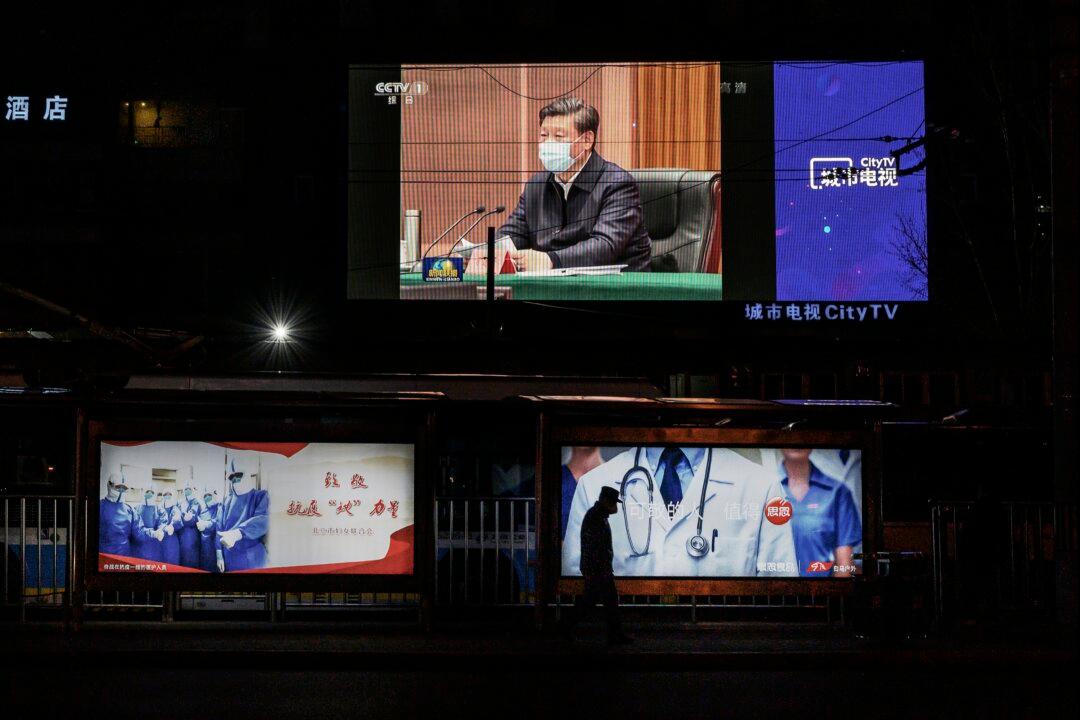Chinese leader Xi Jinping visited Wuhan, the epicenter of the novel coronavirus outbreak, on March 10, in an apparent attempt to convince citizens that the disease is under control.
This is Xi’s first trip to Wuhan since the outbreak began in December 2019. During the visit, Xi made sure to avoid physical contact, wearing a protective mask, keeping a distance from other officials, and talking to locals via video conference calls.





